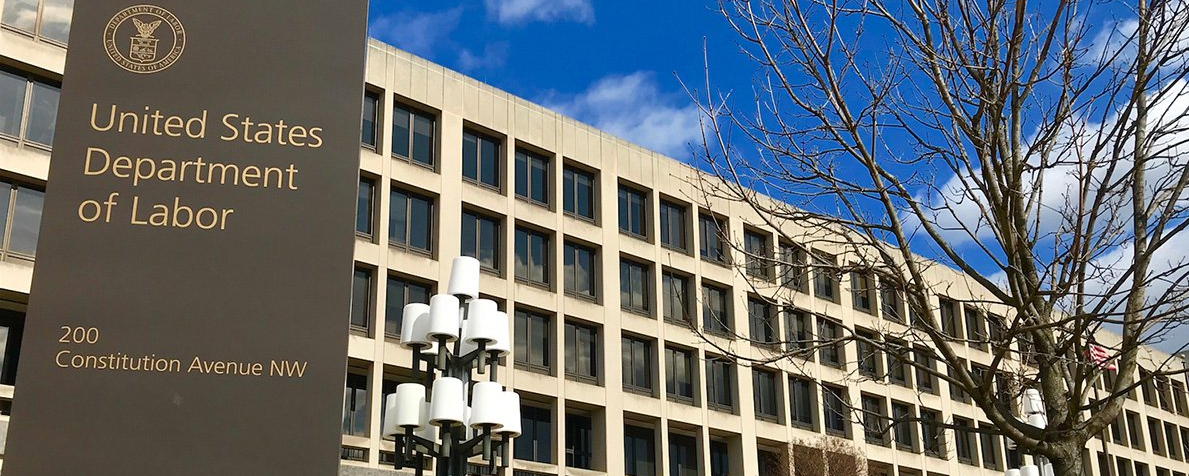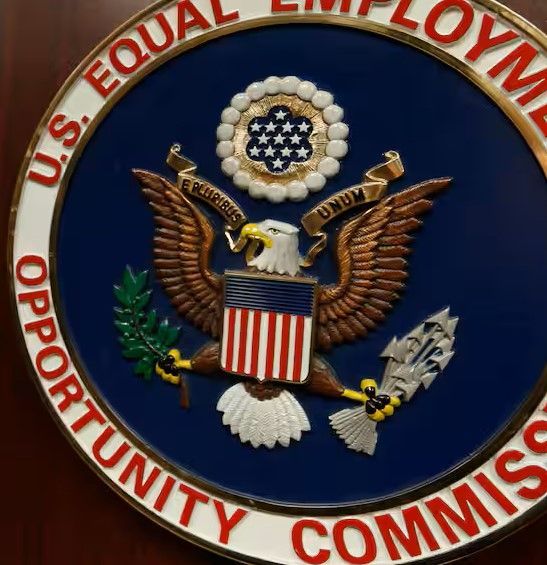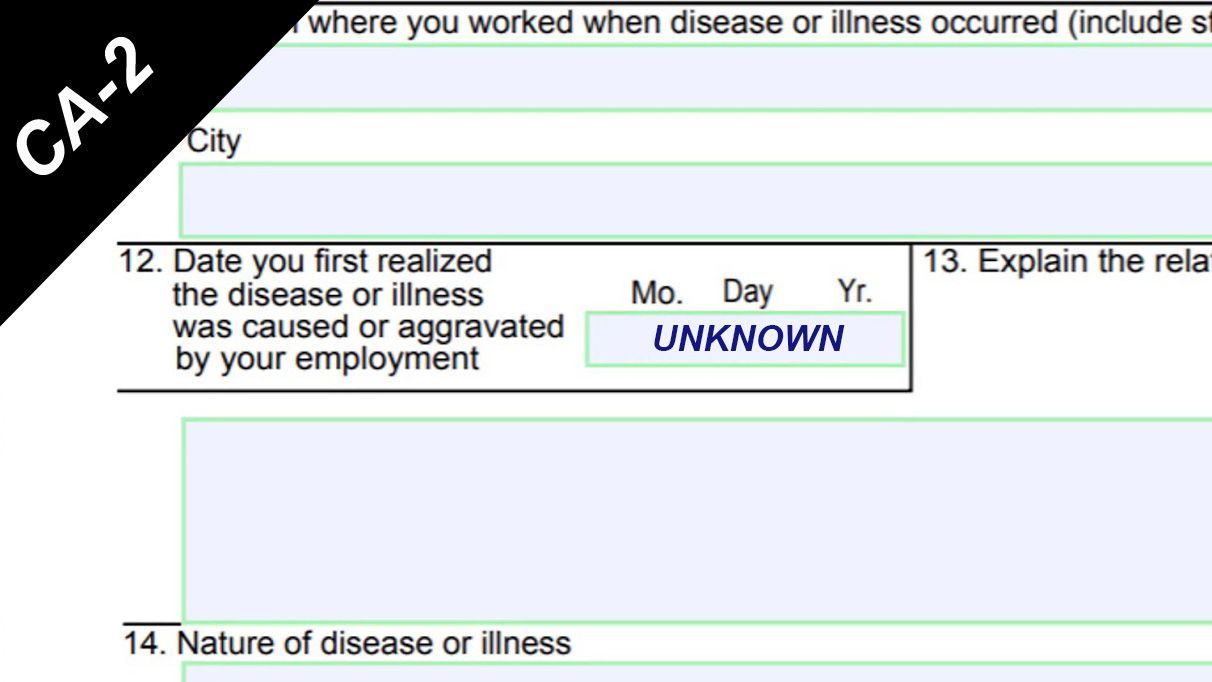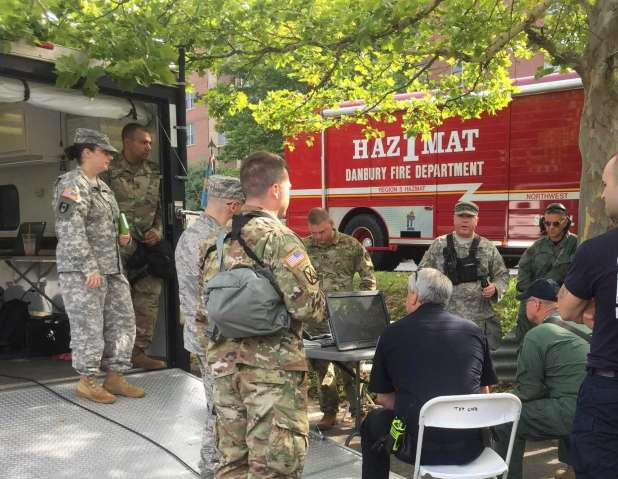Supreme Court Weighs In on Forced Transfers
Majority SCOTUS opinion sets a lower bar for forced transfer claims.
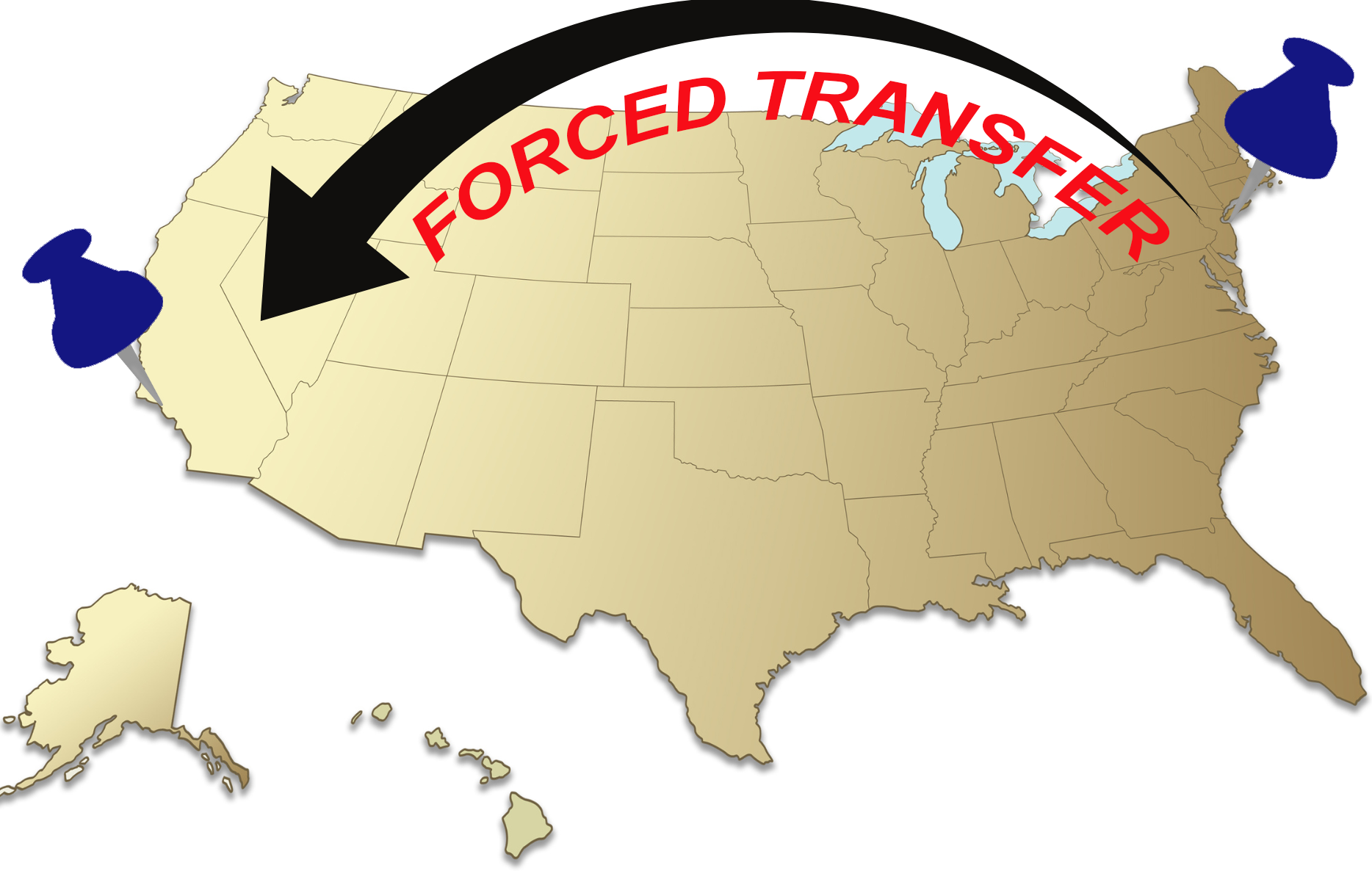
The Supreme Court in Muldrow v. City of St. Louis, Missouri, et al., 601 U.S. ____ (April 17, 2024), held that where an employer transfers an employee to another position, to prove discrimination under Title VII, the employee need only show 'some harm' from the transfer and need not demonstrate harm that is 'significant' or 'material.'
Writing for the six-member majority, Justice Elena Kagan said that the federal law banning discrimination in employment includes a ban not just on economic discrimination, it also includes a ban on discrimination in the 'terms' and 'conditions' of employment. Kagan said this opinion covers a transfer that changed "nothing less than the what, where, and when of [Muldrow's] police work."
While lower courts have required that these types of discrimination claims show 'significant' or 'material' harm, Justice Kagan in the majority opinion said that is too high a bar. The anti-discrimination statute "targets practices that 'treat a person worse' " because of their sex, race, religion or national origin. Explaining why this higher threshold is necessary, Kagan said that "whether the harm is significant" turns out to be "in the eye of the beholder."
- SCOTUS rejected the standard applied by seven circuit courts, the U.S. Supreme Court held that job transferees alleging Title VII discrimination do not have to show “significant harm,” but instead need only show “some harm” from the transfer.
- Any forced transfer leaving an employee “worse off” is likely to satisfy the new “some harm” standard, even where there has been no change in salary or benefits.
- The holding may expand the number of colorable Title VII claims based on a mandatory job transfer.
See: https://www.supremecourt.gov/opinions/23pdf/22-193_q86b.pdf
